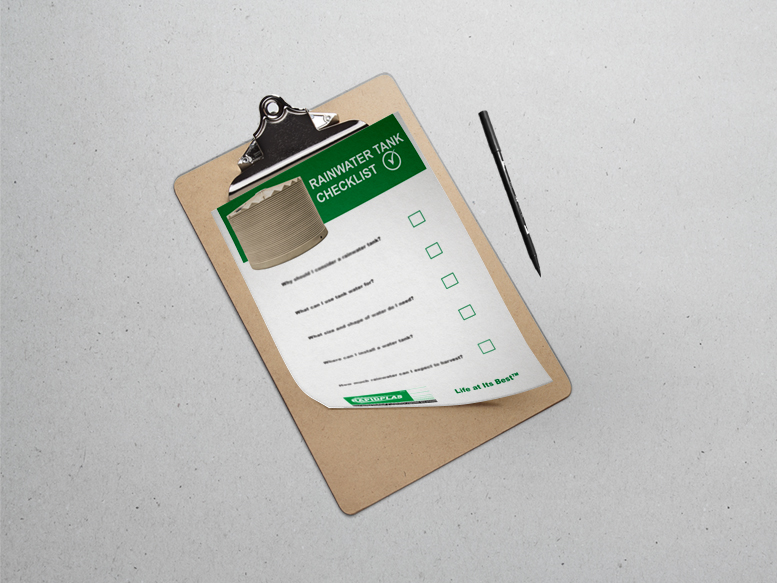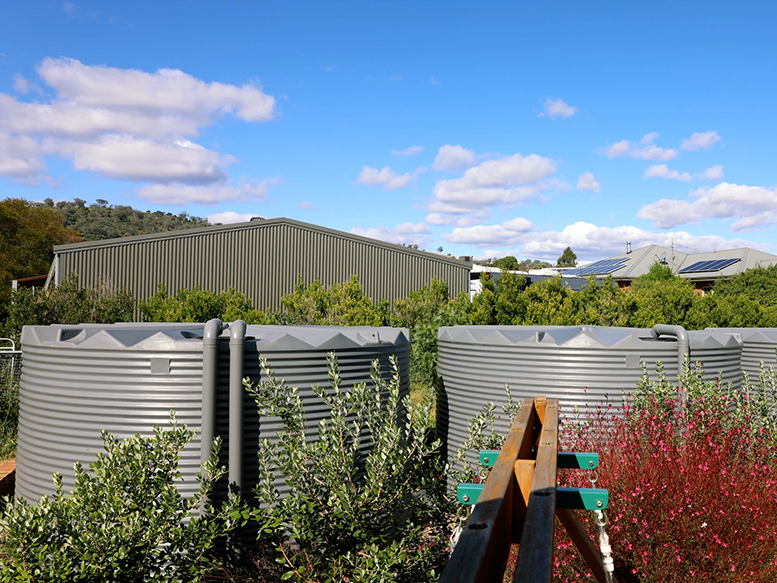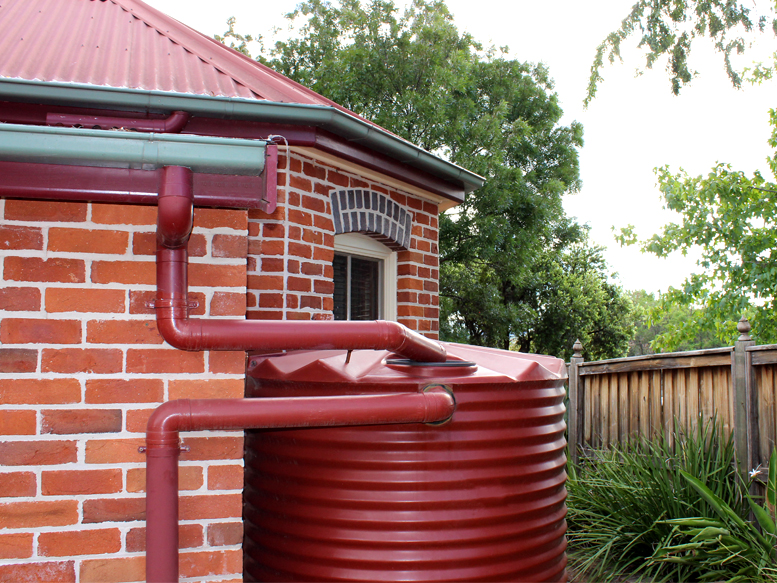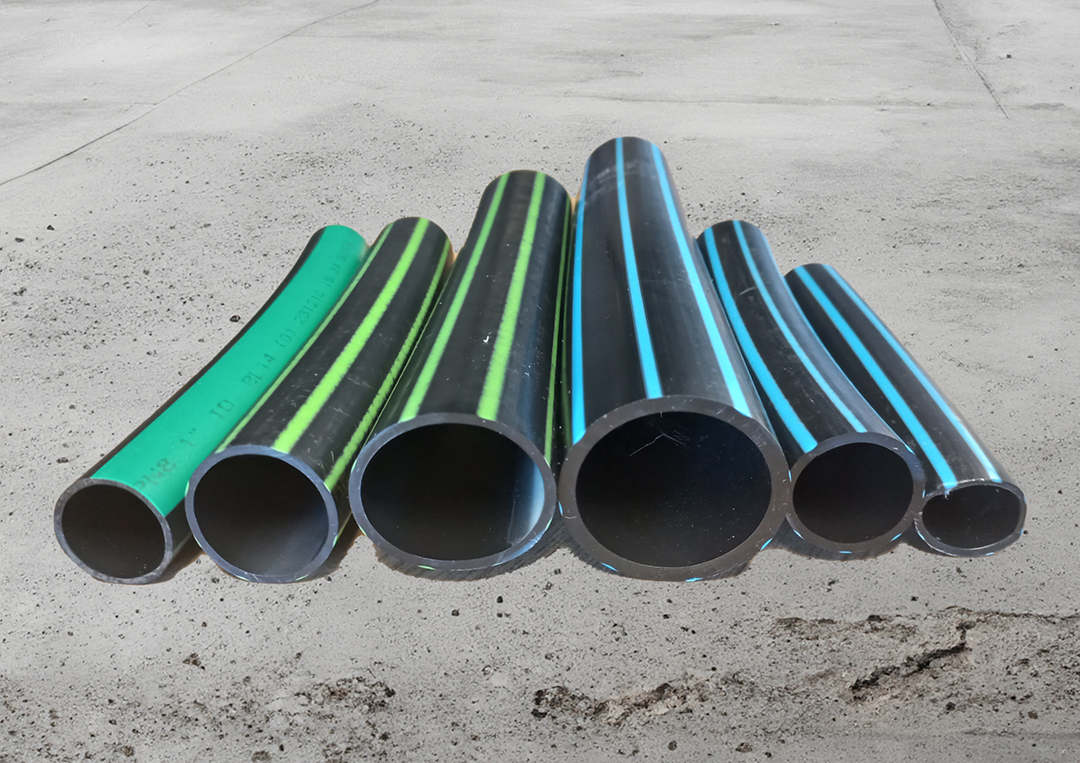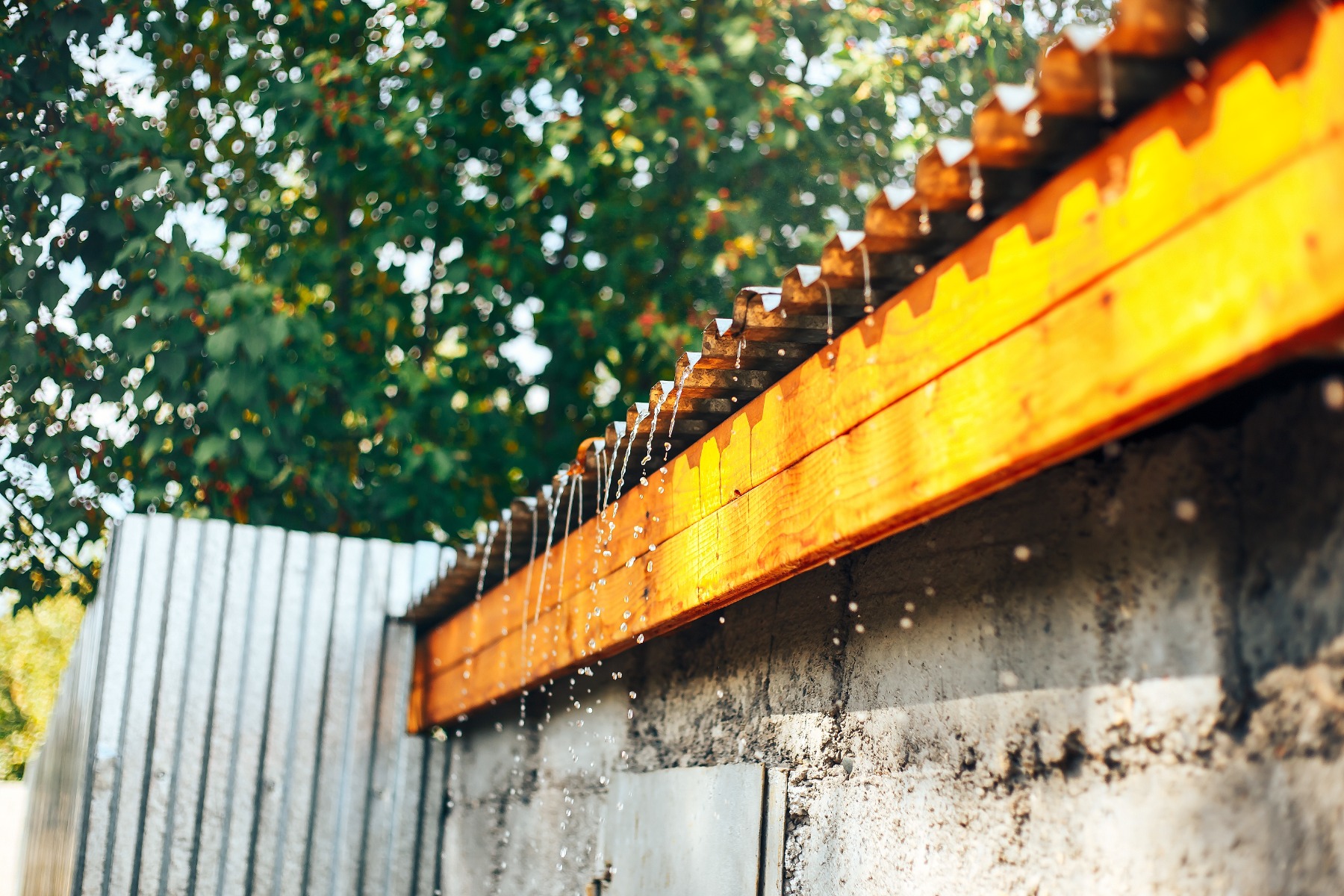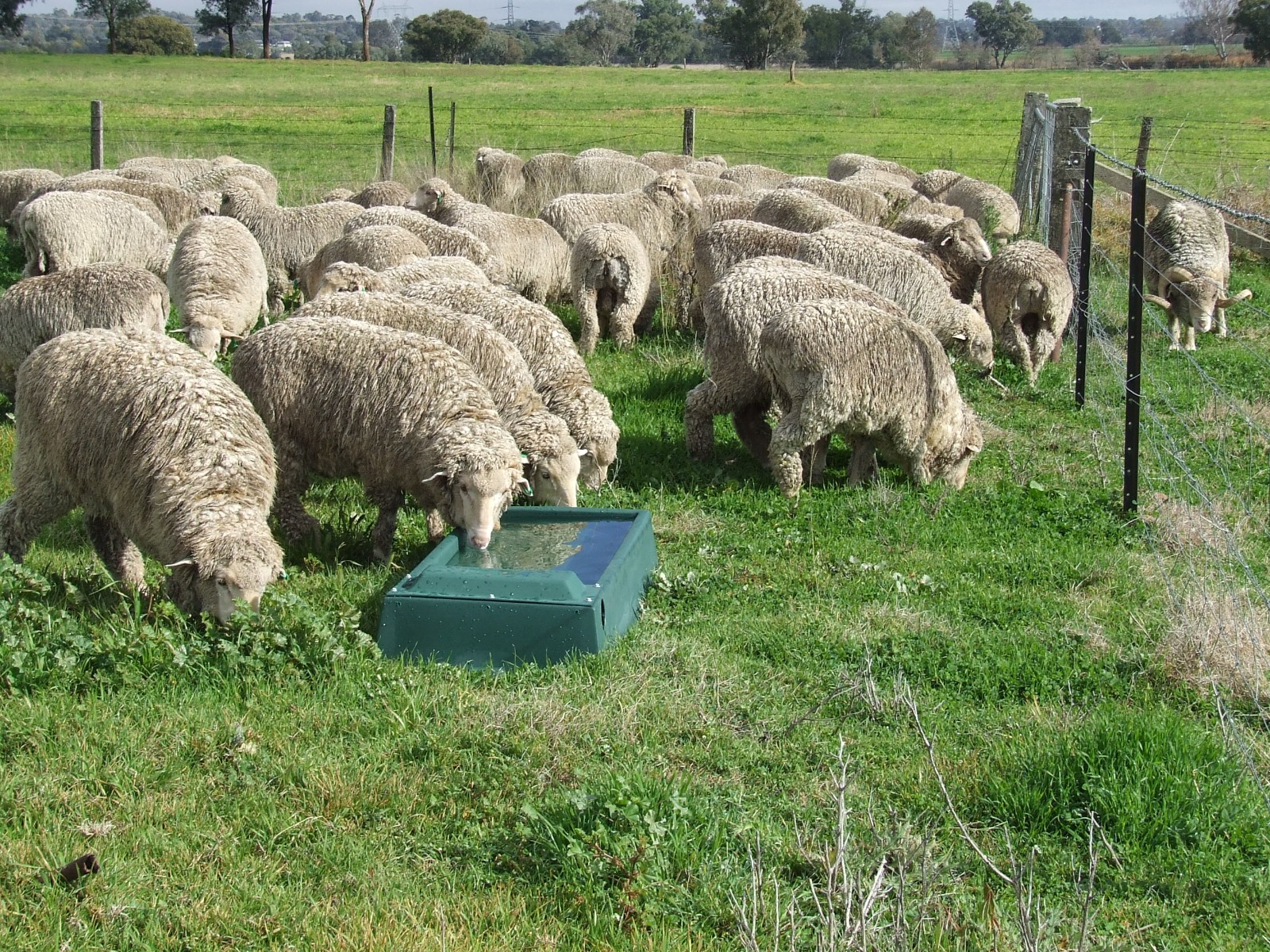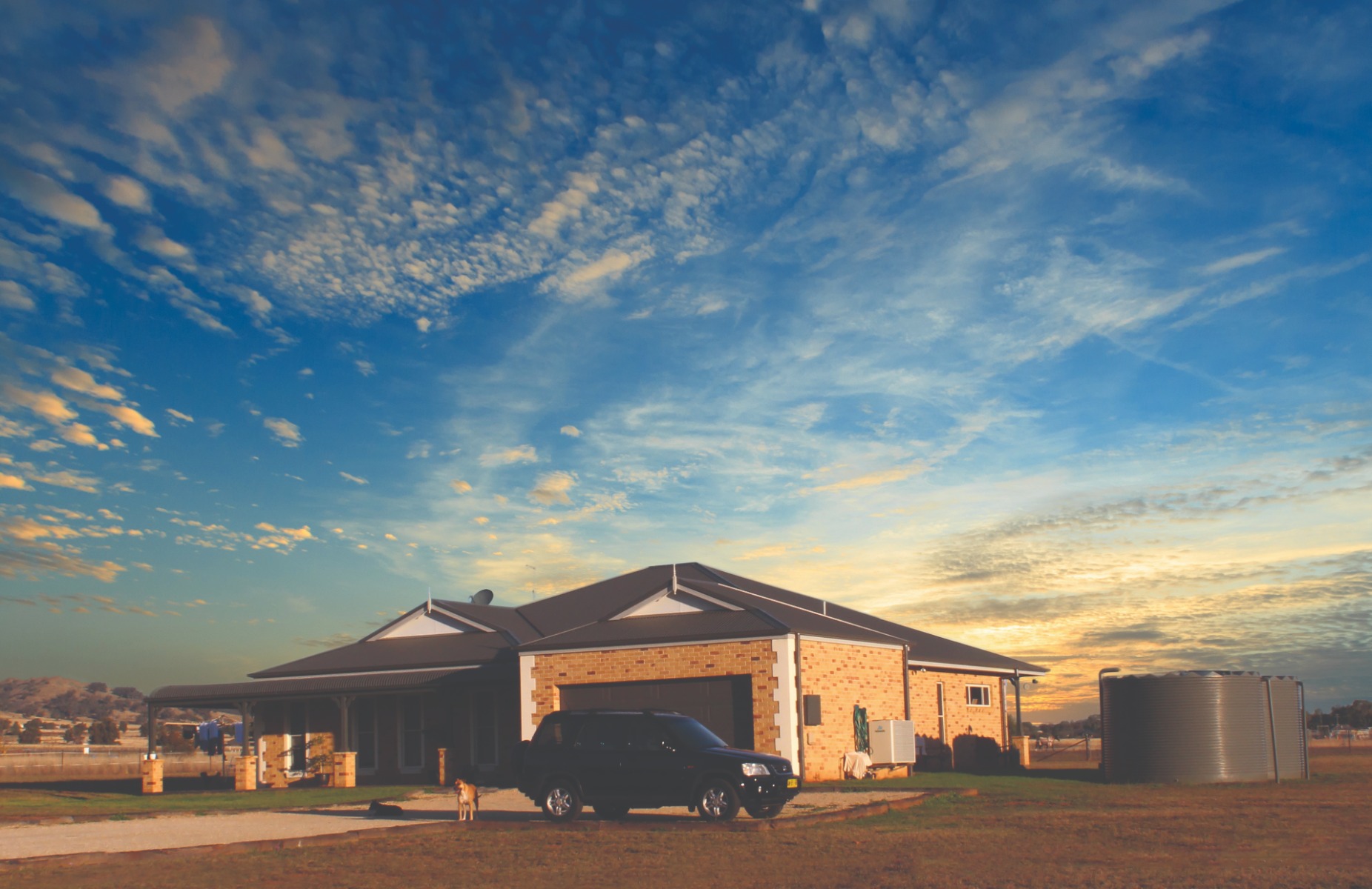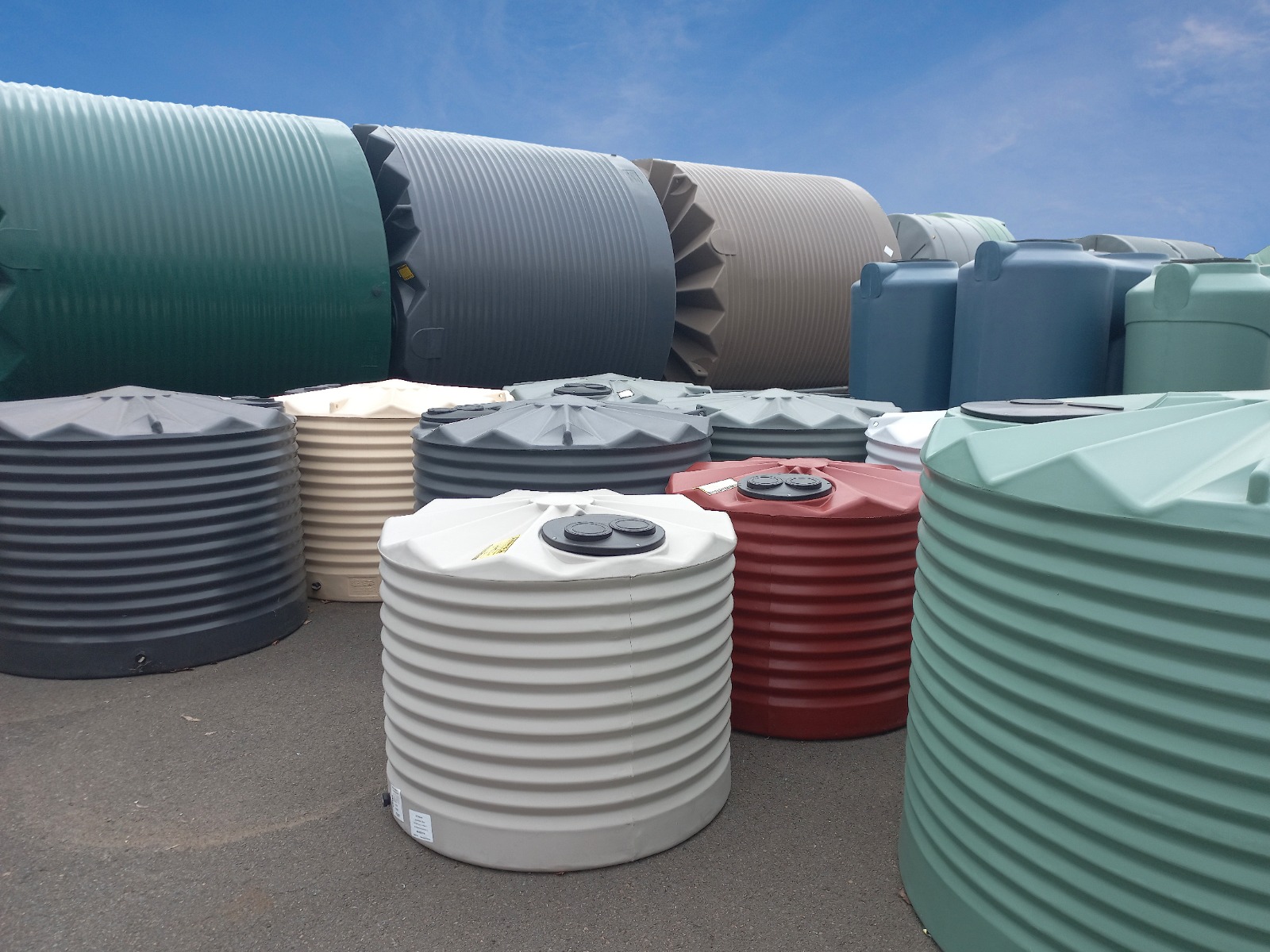Australia is the driest continent in the world and rainwater is a valuable natural resource that has been collected by households for domestic use since settlement.
Why should I consider a rainwater tank?
While many people urge water conservation policy and practical action at national and state level, there is much that can be done to improve water security at the household level. The key strategy to address household water security is the installation of a rainwater harvesting system as a method to mitigate water shortages and provide additional supply for domestic and household uses.
Opportunities for rainwater collection and use are location dependent. Most urban and regional households have access to mains water, but a rainwater collection system can significantly reduce mains water usage. Many off-grid rural households have to source water from their property using rainwater, rivers, bores and dams, with rainwater often being the preferred source for household supply.
What can I use tank water for?
You have several options, but how you intend to use the water will dictate how much treatment the water needs before use. Treatment will usually involve different levels of filtration and possibly disinfection.
If you only intend to use the water for outdoor purposes, such as watering the garden, washing the car and topping-up a swimming pool, you probably don’t need to treat the water at all. If you intend to use the water inside the house for flushing the toilet, laundry and perhaps showers, then you would probably need a dual filter system with a pre-filter and a fine filter. If, however you intend to use the water for cooking and drinking, you’ll need the highest level of treatment with a dual filter system and a UV filter that will kill any micro-organisms in the water.
What size and shape of water tank do I need?
This will depend on the space available for tank installation, the size of the catchment and local factors such as annual rainfall. Tanks are available in a wide range of shapes, sizes and colours, and there is no doubt that Rapid Plas has the perfect tank for your needs.
Where can I install a water tank?
Anywhere you like. The only condition is that the inlet on the water tank must be lower than the level of the gutters on your roof, and you must be able to create a pipe connection from your gutters to the water tank. You will also need to think about the plumbing to connect your catchment to the water tank and also an electricity supply for a water pump.
How much rainwater can I expect to harvest?
Rain will fall on a roof and flow into your gutters and then into your rainwater tank. The amount of water depends on the size of the roof area supplying your tank and, of course, the amount of rainfall.
Remember that the gutters on different parts of your roof might be connected to different downpipes. Only the catchment and gutters that are connected to your water tank will feed your tank.
A plumber will tell you how to connect different catchment areas on your roof and maximise your rainwater collection.
In simple terms, 1mm of rain on a square metre of roof will deliver 1 litre of water to your tank. 25mm of rain falling on the roof of an average 230 square metre house will produce almost 5,800 litres of water.
For a more detailed assessment, we recommend using Tankulator - an online rain harvesting calculator that uses average rainfall in your postcode, your water usage (from your council water notice) and the size of your roof area to help you plan for a new rainwater tank.
What type of connection to I need from the gutter to the tank?
You have two options – a ‘wet pipe’ system and a ‘dry pipe’ system.
In a wet pipe system, the pipes from the gutters go vertically down the wall and are buried underground before emerging near the water tank as a riser connecting to the tank inlet. Because the underground pipes are below the level of the tank inlets, once the rain stops falling and the flow of water stops, water will remain trapped in the piping system – hence the name ‘wet pipe’.
The main benefit of wet systems is that they may be more aesthetically pleasing than dry systems as pipework is hidden underground and out of sight. This is particularly important if you have multiple catchment areas that require a complicated collection of pipes to deliver water to the tank or if the water tank is situated some distance away from the catchment.
While wet systems provide you with the flexibility to maximise all of the catchment areas on a roof and to position the water tank where you want it, they are more expensive to install as they require trenches to be dug to bury the plumbing. The key disadvantage is that because water remains trapped in the pipe below the level of the water inlet on the tank, they are particularly vulnerable to mosquito infestations and anaerobic fermentation, but both of these issues can be prevented by draining water from the pipes after rainfall.
In a dry system, a simple sloping pipe connects the gutter to the tank inlet and water flows downhill from the gutter into the water tank. When the rain stops, the pipe drains into the water tank and with no residual water in the pipe, the system is dry.
Dry pipe systems are particularly applicable when the water tank is close to the home and you are happy for the pipework to be visible. They are typically quick and cheap to install, require little maintenance, and unlike wet systems, with no stagnant water, dry systems do not create problems of anaerobic fermentation or mosquito breeding.
How do I prepare the ground for tank installation?
This will depend on the type of tank but generally, any flat stable ground will be suitable. Being lightweight, poly tanks are probably the easiest and most forgiving to install.
What fittings and fixtures do I need?
Rapid Plas tanks are supplied with a strainer to keep out leaves and other organic debris, and a tight-fitting cover to prevent light entering the tank and causing algae growth.
In addition, you will probably need screens on the end of overflow pipes to keep insects and small animals out of the water tank.
There are a range of tank accessories such as tank gauges that tell you how much water is in the tank and first-flush equipment that prevents debris washed off the roof in the first few minutes of rainfall from entering the water tank.
On the ‘delivery’ side of the tank, you will probably require a pump, but the need for filters will be dictated by the intended use of the water.
Can I install it myself?
You can certainly do a lot of the installation yourself if you wish such as pad preparation and tank installation. State and local government planning and building regulations need to be taken into account before installing a rainwater tank. Rainwater systems also need to be installed in accordance with the relevant plumbing regulations and standards, and the connection of the rainwater tank to the guttering and the overflow connection to stormwater need to be done by a licensed plumber.
How will I benefit from installing a rainwater tank?
For many householders in regional New South Wales, a 10,000 litre water tank can provide three-quarters or more of their total household water needs.
There is an initial set-up cost for a rainwater harvesting system, but the benefits accrue every year. Of course, savings on metered water costs would potentially be eroded by electricity costs for a pump and, possibly, filter consumables, but there is no doubt that using rainwater can reduce water bills, provide an alternative supply during water restrictions and help maintain a green, healthy garden.
In addition, the collective rainwater harvesting efforts of multiple household’s ripple outwards to:
- reduce the need for new dams or desalination plants;
- protect remaining environmental flows in rivers;
- reduce infrastructure operating costs, and,
- decrease stormwater runoff, thereby helping to reduce local flooding and scouring of creeks.
Who can help me with this?
Ready to find out more? Talk to our expert team to find out how to install and configure your rainwater collection system and how we can help you. Call our team on 1800 816 299 or email sales@rapidplas.com.au with your enquiry.


